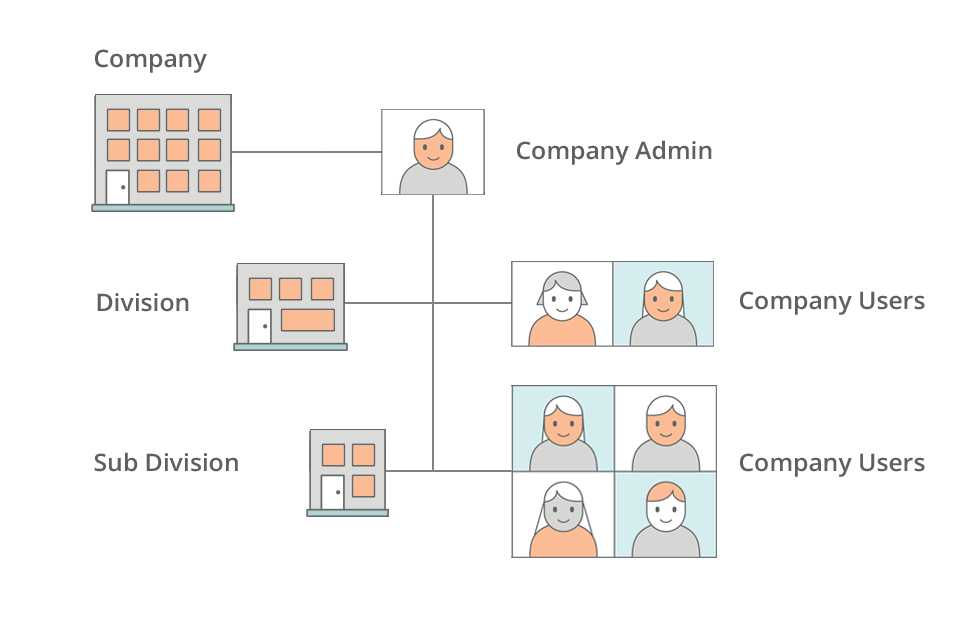B2B Basics
Unlike the standard business-to-consumer model, Magento is designed to meet the needs of merchants whose customers are primarily companies—possibly with complex organizational structures and multiple users with various roles and levels of permission. A typical B2B customer might be the merchant of a retail store, or a buyer making purchases on behalf of a company. In both cases, the transaction takes place between your business and theirs. In addition, you might also sell direct to the consumer. Magento Commerce with B2B supports both B2B and B2C models.
B2B merchants often require capabilities such as flexible bulk and per-unit pricing, the ability to issue quotes with negotiated pricing, and to place orders from a requisition list. A typical order might be charged to the customer’s company account and fulfilled from multiple warehouses.
To learn about Magento Commerce for B2B from a technical perspective, see the B2B Developer Guide.
